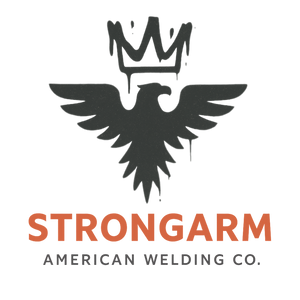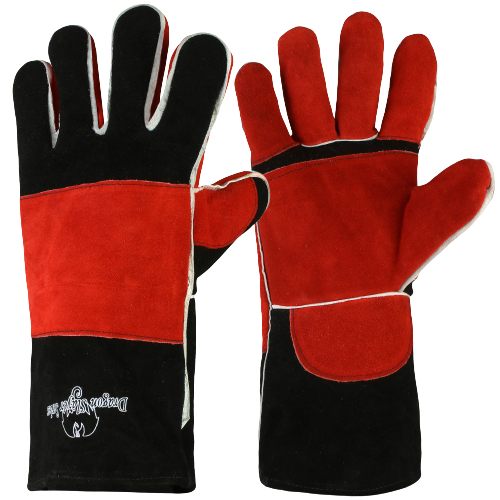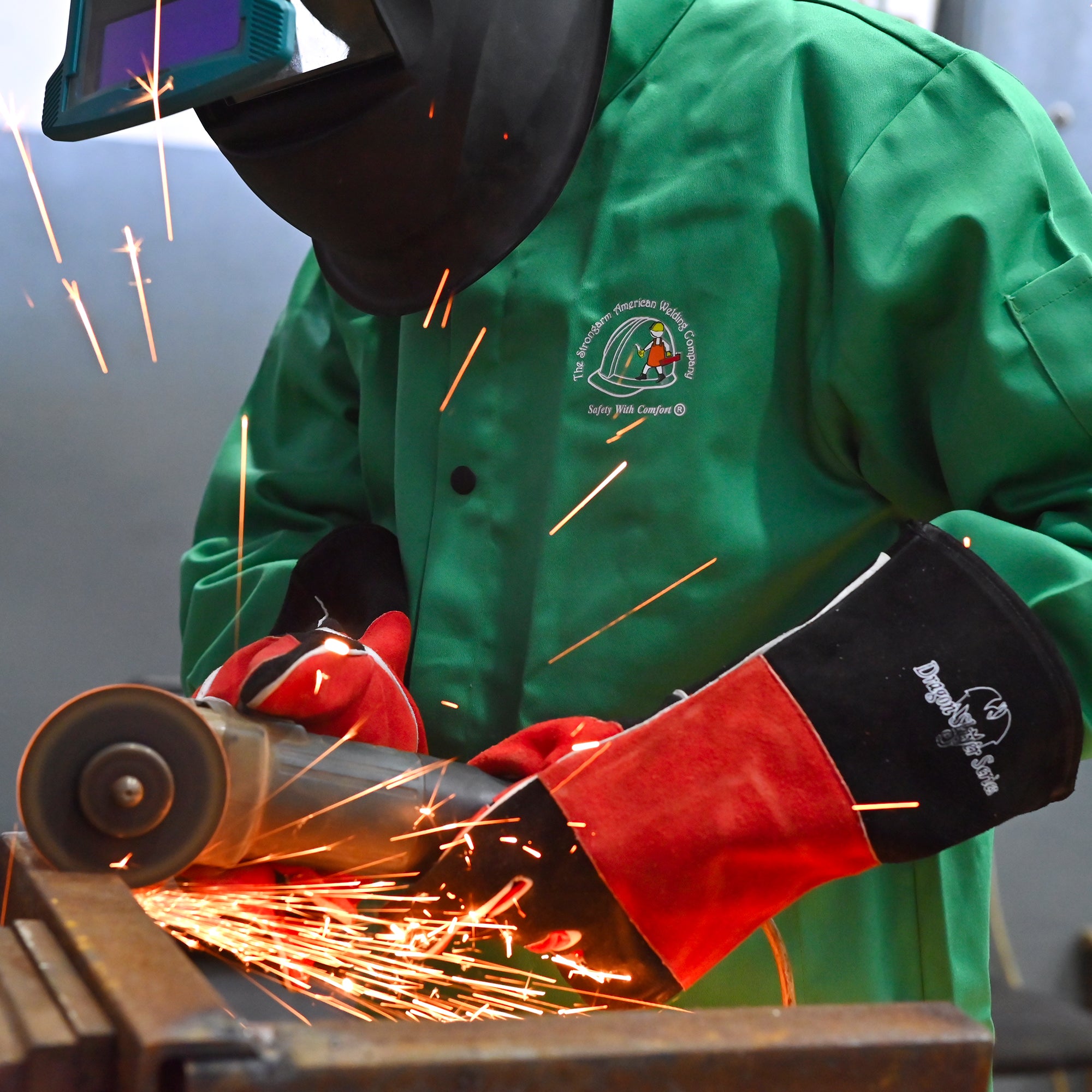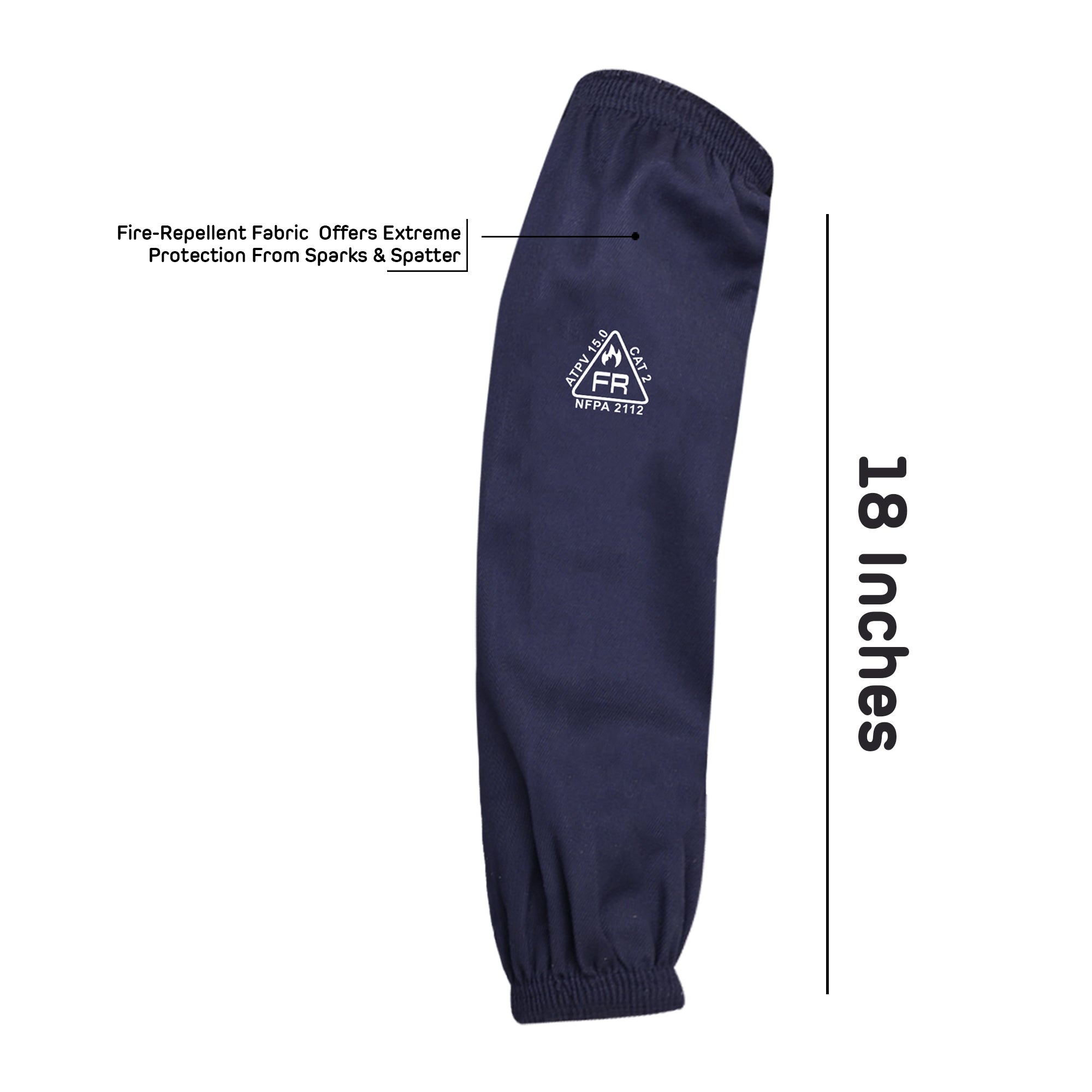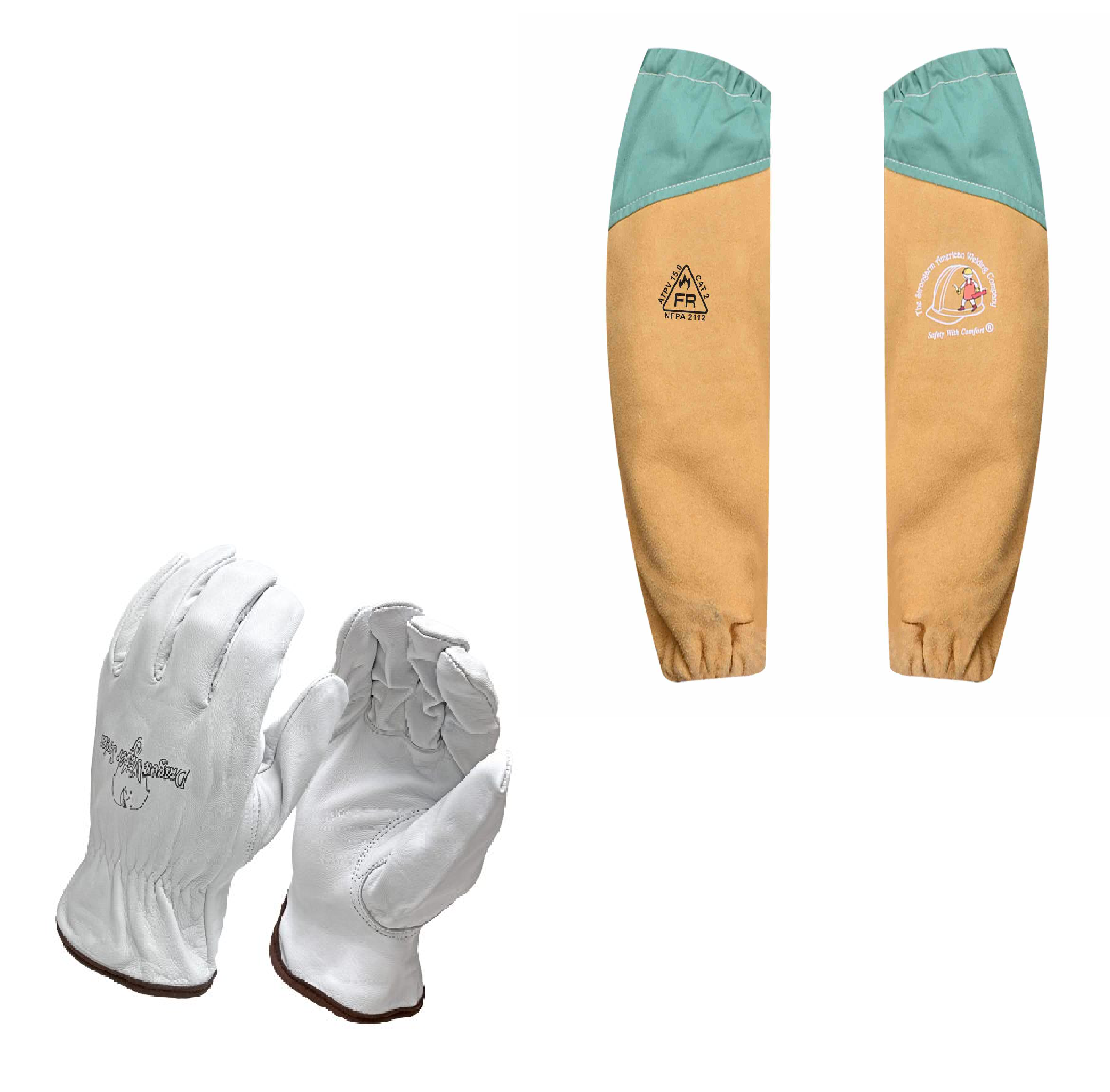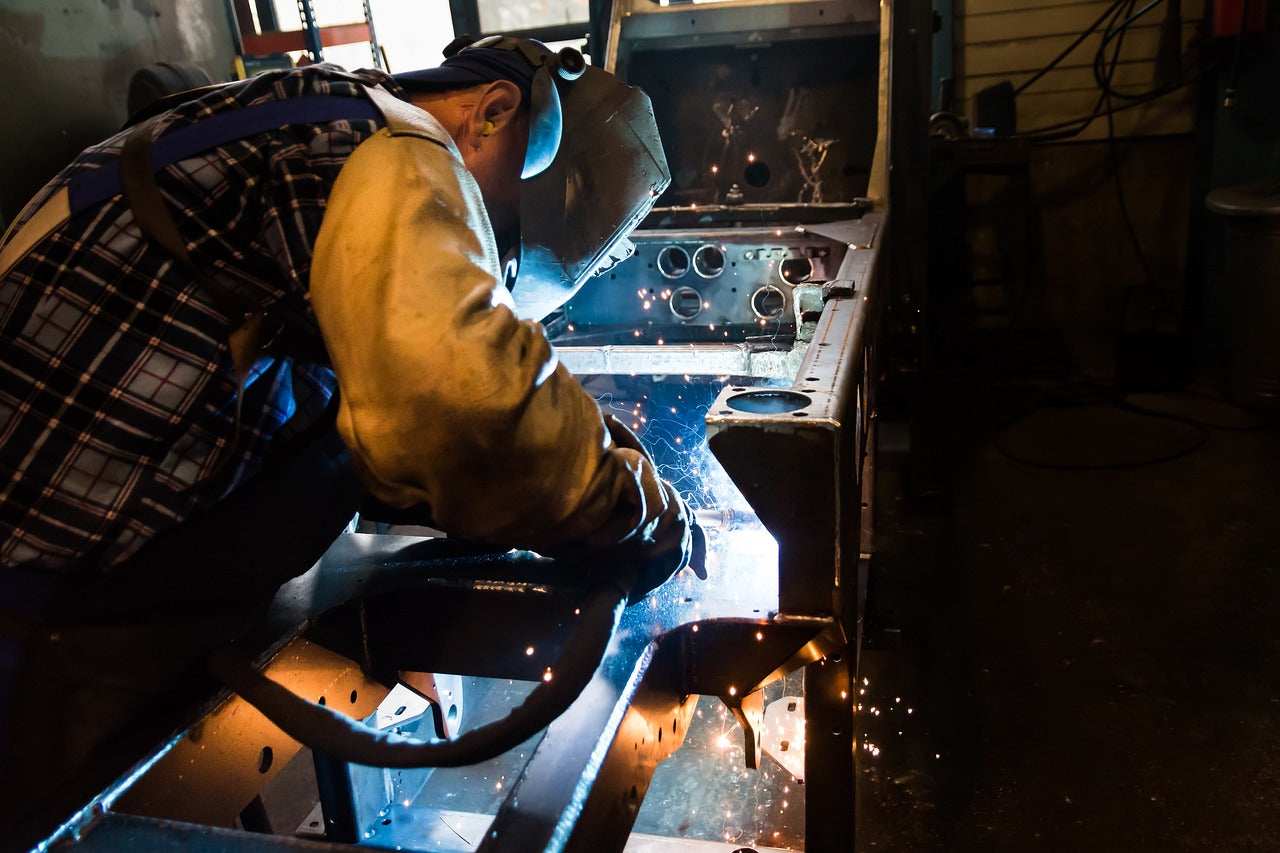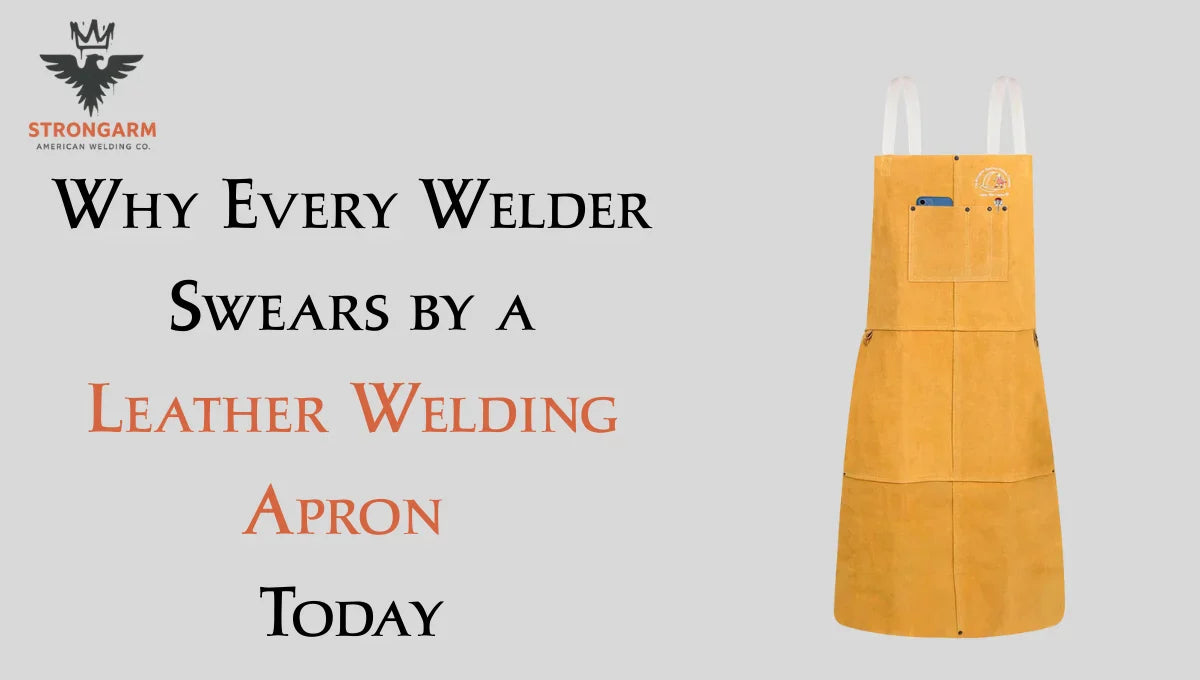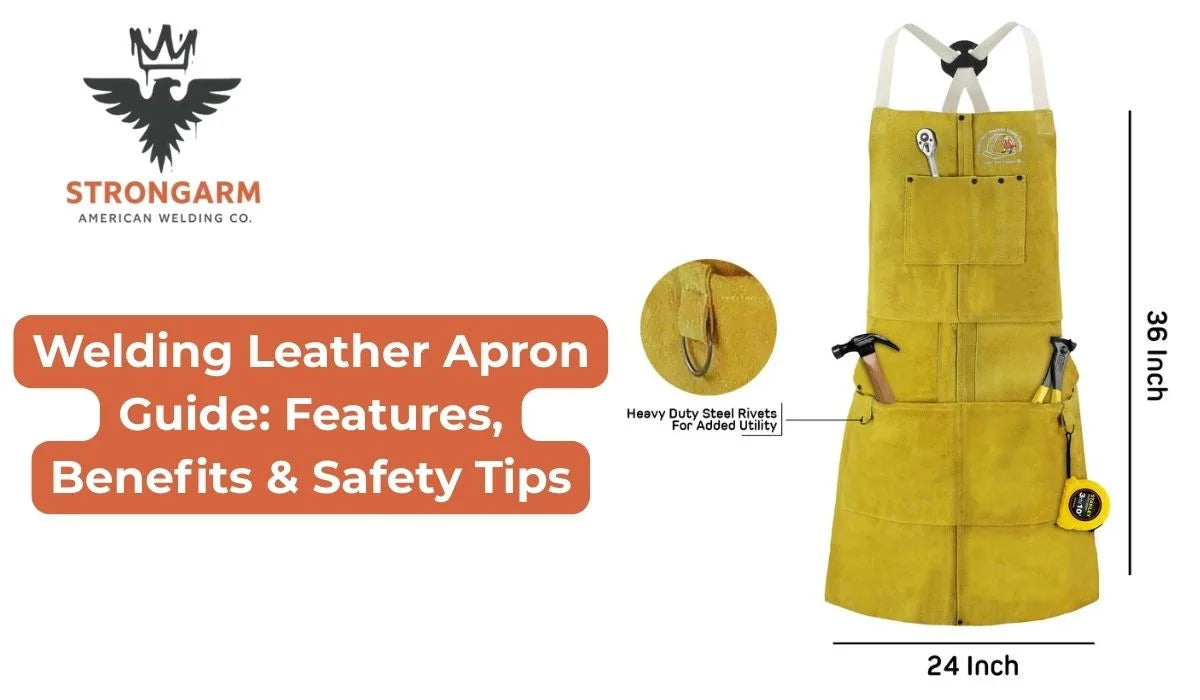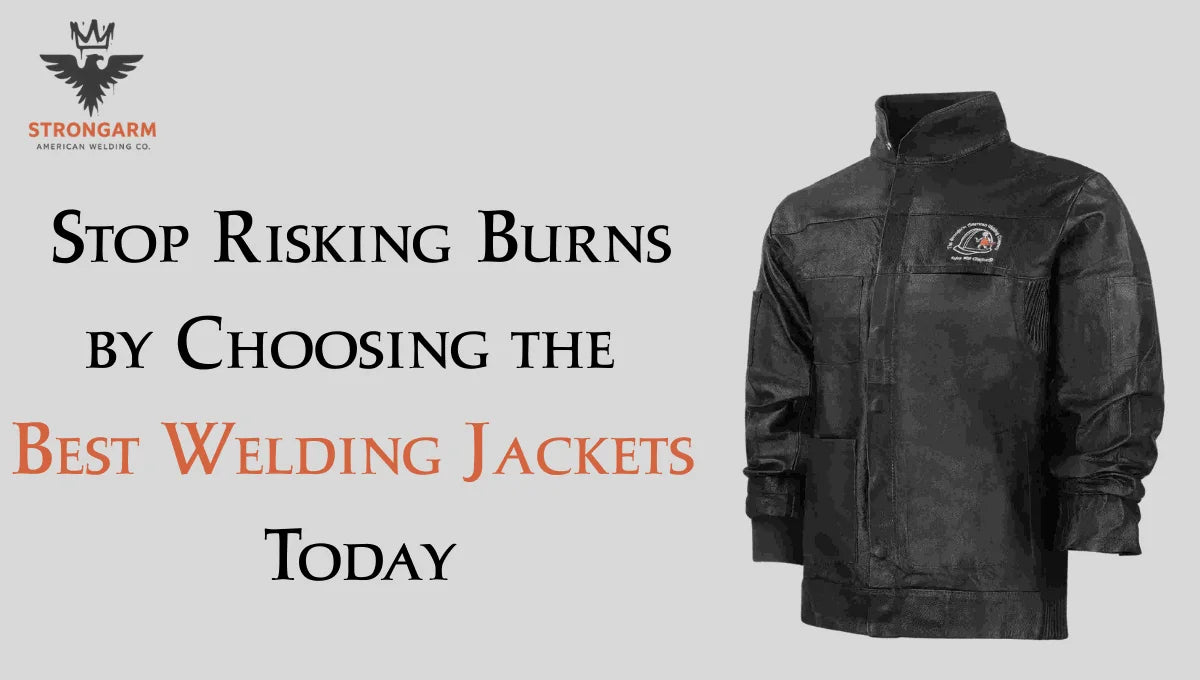Welding sleeves are crucial protective gear that should be worn in any welding environment. They protect the wearer from sparks, heat, and potential burns from continuous exposure to harsh welding conditions. However, due to wear and tear, these sleeves can become less effective with time. This comprehensive guide will provide practical sleeve maintenance tips for fixing minor damage and prolonging the lifespan of your welding sleeves.
Understanding Wear and Tear on Welding Sleeves
Workers are exposed to harsh conditions such as heat, sparks, and abrasive materials when using welding sleeves. Therefore, they can be easily damaged, including burns, tears, abrasions, and seam failures. These damages can compromise the protection provided by the sleeve care techniques and pose a safety risk to the wearer. Identifying and addressing minor damages early on is crucial to prevent further deterioration and ensure the sleeves function effectively.
Easy Fixes for Minor Damages
Fixing minor damages in welding sleeves is important for maintaining their integrity and ensuring optimal protection for the wearer. Here are some effective methods for addressing how to maintain welding sleeves common issues:
1. Burn Holes and Scorch Marks
Small burn holes and scorch marks are common in welding sleeves. Using sharp scissors, repair any frayed edges around the damaged area. Then, apply a patch of heat-resistant fabric or welding tape over the hole, ensuring it covers the damaged area completely. Use a heat-resistant adhesive or sew the patch in place for added durability.
2. Tears and Rips
Clean the damaged area and trim any loose threads for tears and rips in welding sleeves. Next, use a heavy-duty sewing machine or hand-stitching with heat-resistant thread to close the tear, reinforcing the seam for added strength. Alternatively, apply a patch of heat-resistant fabric on both sides of the tear, securing it with adhesive or stitching.
3. Seam Failures
If the seams of your welding sleeves start to unravel or come apart, reinforce them by sewing over the existing seam with heat-resistant thread. Additionally, consider applying a strip of heat-resistant fabric along the seam to provide extra reinforcement and prevent further unraveling.
4. Abrasions and Wear Spots
Over time, welding sleeves may develop abrasions and wear spots from constant friction and use. To prevent these areas from deteriorating further, reinforce them with heat-resistant fabric or welding tape patches. Ensure the patches cover the affected area and are securely attached to the sleeve.
Prolonging Welding Sleeve Lifespan
Extending the lifespan of welding sleeves is important for both safety and cost-effectiveness. Here are some tips to help prolong the lifespan of welding sleeves:
1. Proper Cleaning and Maintenance
Regularly clean your welding sleeves according to the manufacturer's instructions to remove dirt, grime, and debris. Avoid harsh chemicals or abrasive cleaners that can weaken the fabric or compromise its heat-resistant properties. Use mild detergent and lukewarm water for gentle cleaning.
2. Inspection and Repair
Inspect your welding sleeves for any signs of damage or wear, such as burn holes, tears, or seam failures. Address minor damages promptly to prevent them from worsening and compromising the sleeves' integrity. Regular maintenance and repair can significantly extend the lifespan of your welding sleeves.
3. Storage and Handling
Store your welding sleeves in a cool, dry place away from direct sunlight and heat sources when not in use. Avoid folding or creasing them excessively, which weakens the fabric and leads to premature wear. Instead, hang them on sturdy hangers or lay them flat to maintain their shape and integrity.
4. Invest in Quality Product
When purchasing welding sleeves, invest in high-quality, durable materials specifically designed for welding applications. Look for sleeves made from heat-resistant fabrics such as leather, denim, or aluminized materials, which offer superior protection and longevity compared to cheaper alternatives.
5. Rotate Use
If you frequently use welding sleeves for extended periods, consider rotating between multiple pairs to distribute wear evenly and prevent premature deterioration. This allows each pair of sleeves to rest and recover between uses, prolonging their lifespan.
Conclusion
Welding sleeves are important for welders to protect themselves from sparks, heat, and burns. When working in hazardous conditions, constant use can cause damage to the sleeves and make them less effective over time. To prevent this, welders should address any minor damages promptly and take measures to extend the lifespan of their sleeves. By doing so, they can ensure that their welding sleeves remain in good condition for protection and performance. Remember to take proper care of your sleeves, perform regular maintenance, and give close attention to detail. This will help you maximize your welding sleeves' longevity and keep you safe while working.
Strongarm is the leading welding manufacturer and provider in America. We have a team of trusted professional welders offering a wide range of welding aprons and gears to suit your needs. Contact us today for all your welding's essentials.
